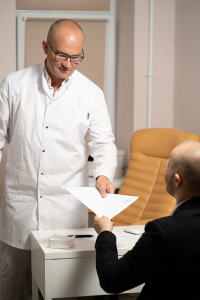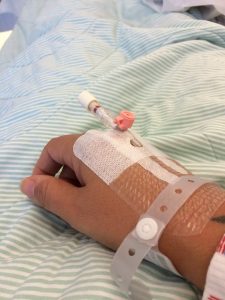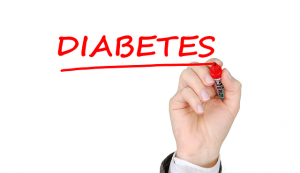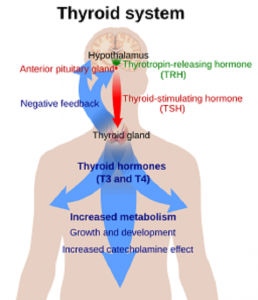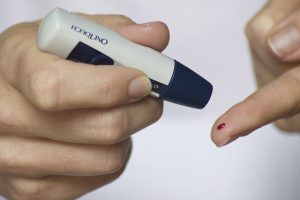Many elderly adults have low serum selenium concentrations. This is especially true in the United Kingdom and much of Europe and the Middle East [Stoffaneller & Morse 2015]. Now, a published report shows that over 80 % of the 85-year-old adults in a study in northeastern England had suboptimal serum selenium and selenoprotein P concentrations. Over 40 % had deficient selenium status, judged by reference values derived from studies of healthy adults in all age categories [Perri 2024].

Suboptimal serum selenium status was defined as 70 mcg/L or lower. Serum selenium deficiency was defined as 45 mcg/L or lower.
The researchers observed a linear association between serum selenium levels and serum selenoprotein P (SELENOP) levels. SELENOP is the primary transport protein carrying selenium from the blood to the peripheral tissues. The findings in this study indicate that most study participants had suboptimal selenium intakes and status. Their diets were not sufficient to saturate the level of circulating SELENOP [Perri 2024].




